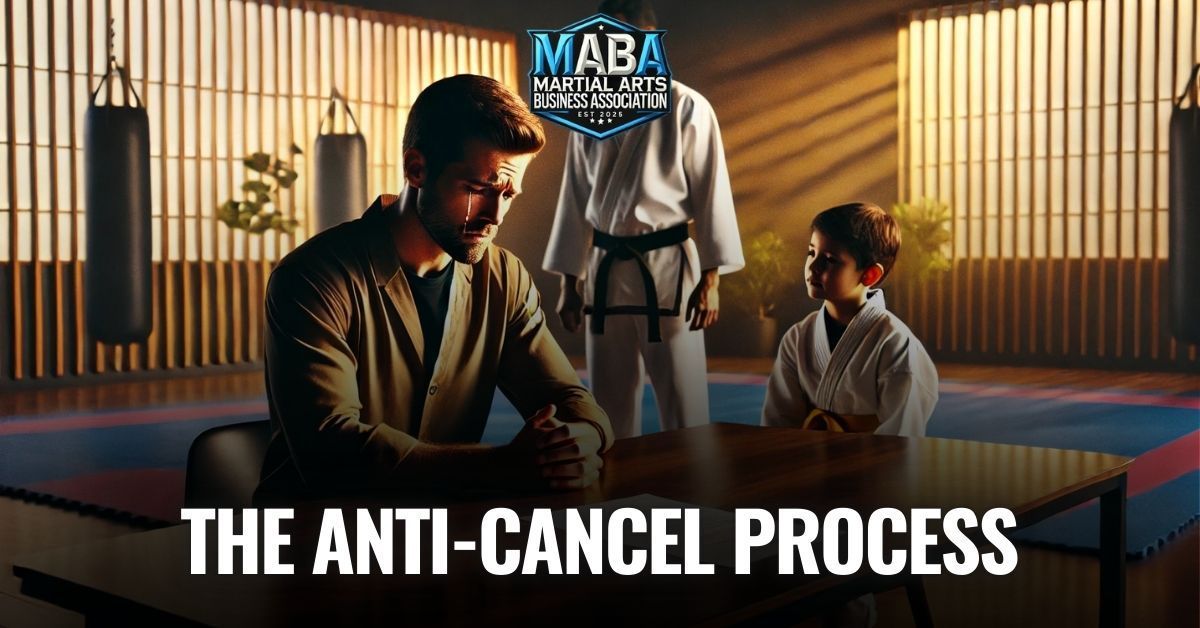In today's fast-paced business world, it's easy to get caught up in the latest marketing trends and strategies. But amidst all the noise, one thing remains constant: the importance of building strong relationships with your customers. In this blog post, we'll explore why relationships are crucial for business success and how you can cultivate them effectively.
The Power of Word of Mouth Marketing
Did you know that 93% of marketing is word of mouth? That's right, relationships and recommendations from satisfied customers play a significant role in driving business growth. When people have a positive experience with your brand, they are more likely to share it with their friends, family, and colleagues.
Customer Journey and the Triangle of Death
To understand how to build strong relationships, it's essential to grasp the concept of the customer journey. The customer journey refers to the steps a customer takes from the moment they discover your brand to when they become a loyal advocate.
However, many businesses make a common mistake when it comes to the customer journey. They fall into what I call the Triangle of Death.
This triangle consists of three key mistakes:
- Lack of Clarity: Customers need to know what they are a part of and why it matters. Clearly communicate your brand's mission and values to create a sense of belonging.
- Lack of Safety: Customers must feel safe when engaging with your brand. This means providing a secure and trustworthy environment where they can share their personal information and make purchases without hesitation.
- Lack of Results: Ultimately, customers want to see results. Whether it's achieving their goals, solving a problem, or experiencing a transformation, delivering tangible outcomes is crucial for building trust and loyalty.
The Role of Multi-Medium, Multi-Touchpoint, and Multi-Modality
In today's digital age, it's not enough to rely on a single communication channel. To effectively engage with your customers, you need to employ a multi-medium, multi-touchpoint, and multi-modality approach. This means using various platforms and methods to consistently deliver your message and create a cohesive brand experience.
The Power of Constant Improvement
To succeed in business, you must be open to constant improvement. Don't settle for mediocrity or complacency. Continuously evaluate your customer journey, identify areas for enhancement, and implement changes that will deliver better results.
The Magic is in the Work You Won't Do
One of the secrets to business success is recognizing that the magic lies in the work you won't do. This means stepping out of your comfort zone, challenging conventional thinking, and embracing divergent thinking. Don't be afraid to take risks and try new approaches that will set you apart from your competitors.
The Zone of Doubt
The first mistake businesses make in the customer journey is the zone of doubt. This refers to the emotional gap after a customer has made a commitment, where the initial excitement wears off. To overcome this, businesses should focus on providing support and reassurance during this critical period. Clear communication, personalized follow-ups, and addressing any concerns or questions can help alleviate doubts and build trust.
The Inverse Journey
The second mistake is the inverse journey. Instead of focusing on yourself and your accomplishments, shift the focus to your customers and their results. Your customers' results will speak volumes about your brand and its effectiveness. By highlighting success stories and showcasing the value you provide, you can build credibility and trust with your audience.
Drown the Journey
The third mistake is drowning the journey. Many businesses overwhelm their customers with too much information, too soon. Instead, take a step-by-step approach and guide your customers through the journey at a pace that suits them. Break down complex processes into manageable tasks and provide clear instructions and resources to support their progress.
The Drive-By
The fourth mistake is the drive-by. This refers to impersonal and intrusive communication that leaves customers feeling disengaged and annoyed. Instead, focus on building genuine connections and seeking consent from your customers. Respect their time and preferences, and provide value in your interactions.
Conclusion
Building strong relationships is the key to long-term business success. By focusing on the customer journey and avoiding the Triangle of Death, you can create a brand that customers love and advocate for. Remember, your message is only as effective as the recipient's ability to hear it, understand it, and implement it. So, strive to communicate your brand's value in a way that resonates with your audience and cultivates lasting relationships.
Stay tuned for the next part of this blog series tomorrow, where we'll delve deeper into the strategies for creating an effective customer journey.
Frequently Asked Questions
-
How do you approach onboarding and simplifying processes for your clients?
I approach onboarding and simplifying processes for my clients by focusing on building relationships and understanding where they are at. I emphasize the importance of treating my clients like students and providing them with clear instructions and guidance. I believe in using the least resistant path to match my relationship with each person, and I am willing to provide resources and support without requiring unnecessary steps such as collecting emails or making forms. I also emphasize the importance of not overwhelming my clients with too much information or tasks, and instead, I break things down into manageable steps.
-
What are the 3 mistakes (plus the additional fourth mistake) mentioned?
The three mistakes mentioned in the masterclass are the zone of doubt, the inverse journey, and the drown the journey. The additional fourth mistake is called the drive-by.
-
How do you use the least resistant path to match your relationship with someone?
I use the least resistant path to match my relationship with someone by avoiding the use of emails, forms, and automation. Instead, I prefer direct communication such as DMs or connection calls to provide resources and information. I believe in making the process simple and convenient for the person I am interacting with.
-
Why do you emphasize the importance of relationships in your coaching?
I emphasize the significance of relationships in my coaching because I strongly believe that without strong relationships, businesses cannot thrive. I firmly believe that building strong relationships with customers is the key to retention and scaling, resulting in long-term success. I also emphasize that relationships are the most valuable currency to monetize, as without them, businesses have nothing.




